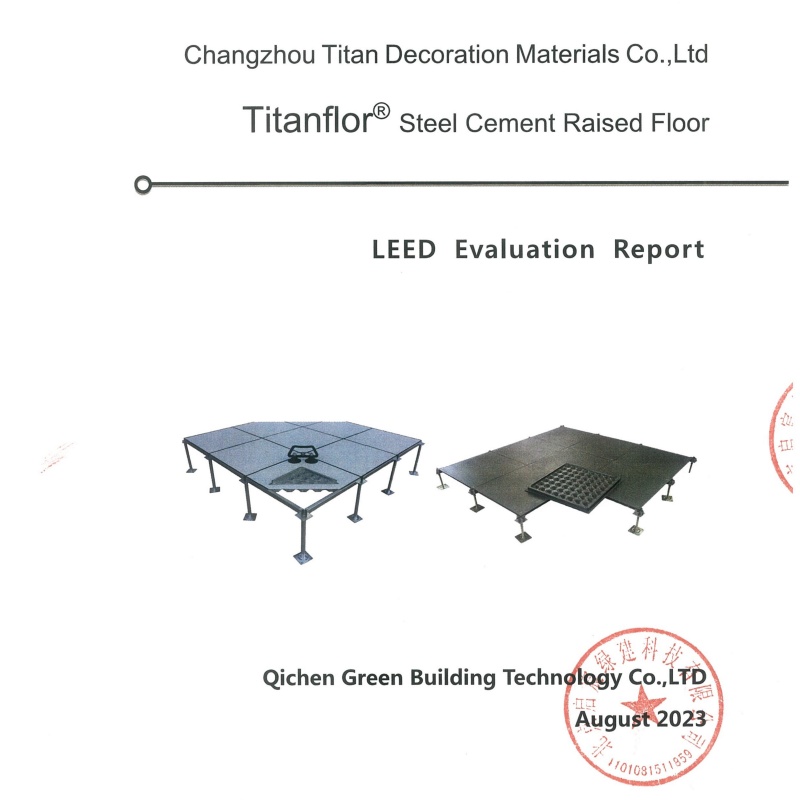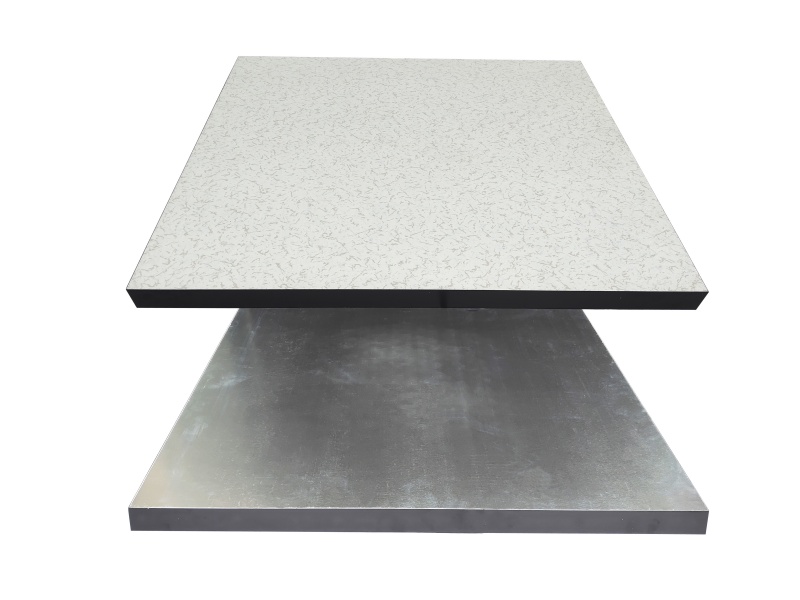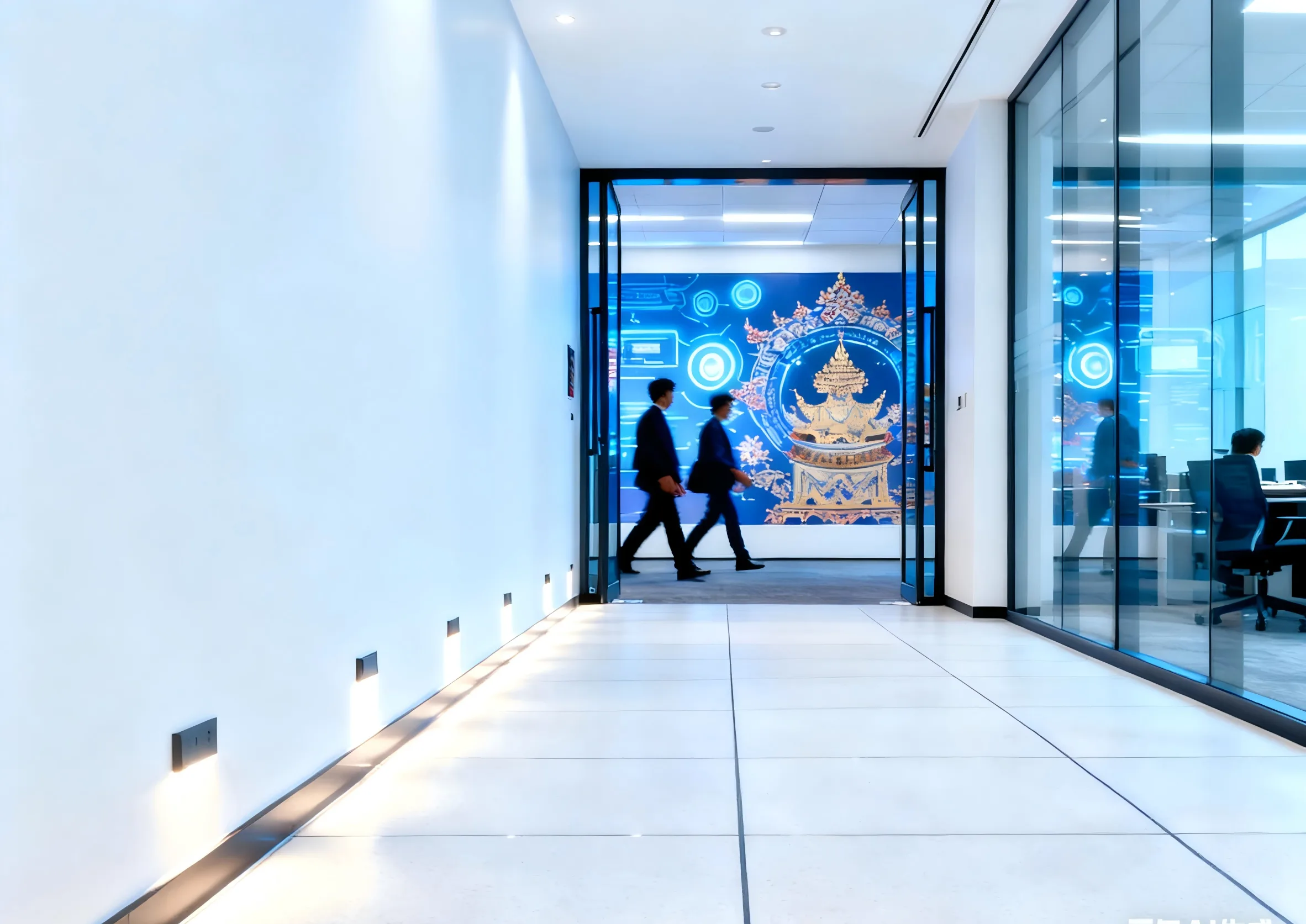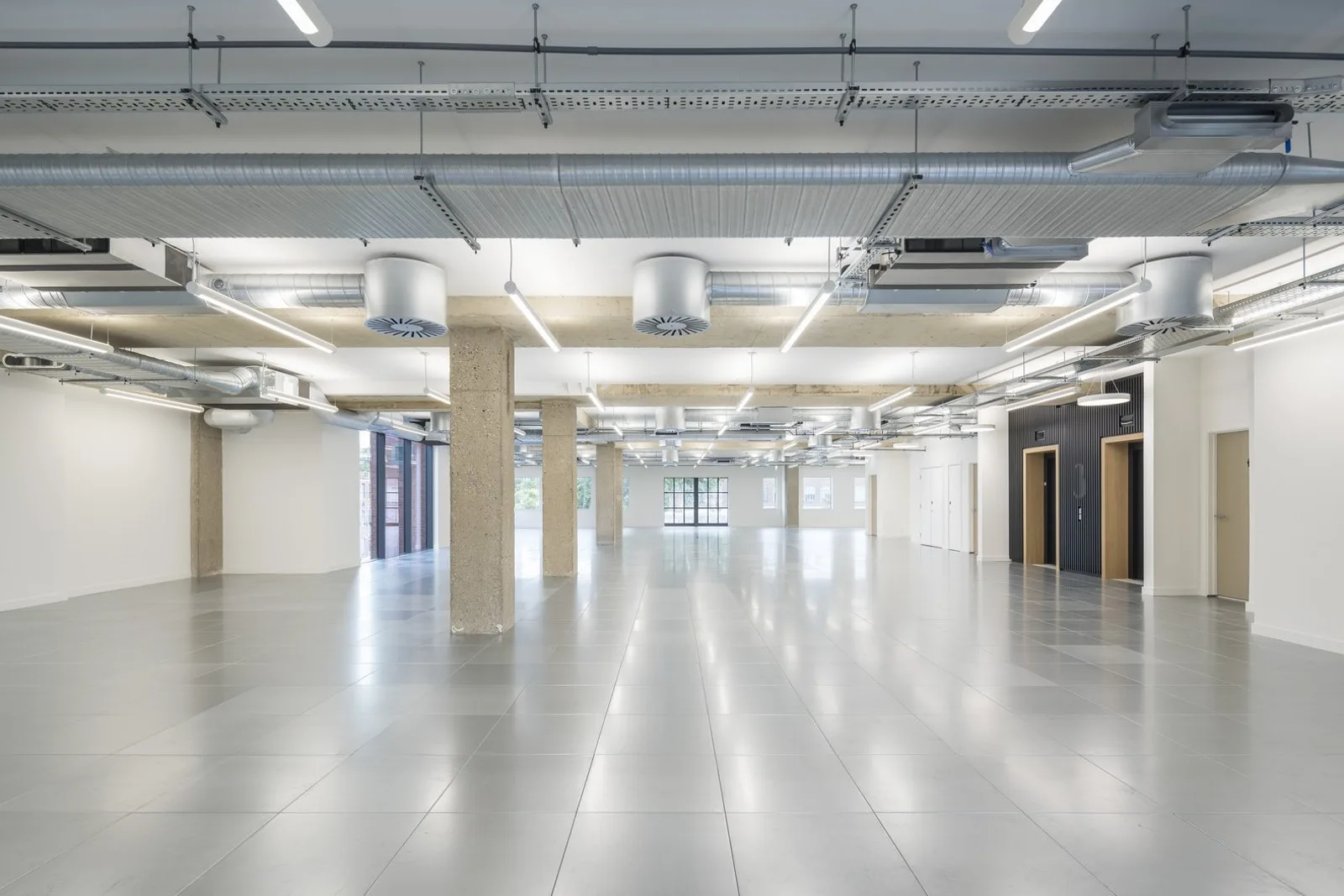Environmental awareness has become increasingly important today, and sustainable buildings have also received significant attention. LEED (Leadership in Energy and Environmental Design) is an internationally recognized excellence green building certification program that provides a framework for designing, building, operating, and maintaining energy-saving and environmentally friendly buildings. Building owners and developers demonstrate their commitment to positively impacting the world by complying with LEED standards.

What is LEED
LEED is the abbreviation of Leadership in Energy and Environmental Design, which means “Energy and Design Pioneer Award”. It is an international green building evaluation standard established and promoted by the US Green Building Council USGBC in 1998. It is a widely recognized green building and city certification system worldwide. It evaluates various criteria, including energy efficiency, water use, air quality, and sustainable materials. There are different levels of certification: certified, silver, gold, and platinum, depending on the points obtained through the evaluation. The total score of LEED certification is 110 points, including certified level (40-49 points), silver level (50-59 points), gold level (60-79 points), and platinum level (80 points or more)
Function of LEED
1. Environmental benefits
LEED certification provides a standardized, complete, and accurate concept of green buildings, recognizing and promoting the sustainable development and environmental performance of buildings and communities. If a building needs LEED certification, it must actively reduce carbon emissions and save energy during construction and subsequent use.
2. Economic benefits
Compared with ordinary buildings, LEED-certified buildings have obvious improvements in air quality and natural lighting. These contribute to healthier living and working conditions, thereby improving productivity and well-being.
How to get the LEED certificate
First, register with the US Green Building Council (USGBC) and choose the type of LEED certification (Building Design and Construction BD+C, Building Operation and Maintenance O+M, Interior Design and Construction ID+C) according to the building’s stage.
Second, you must collect information and strive for the maximum score by addressing issues such as water use, energy efficiency, site selection, and materials.
Finally, you can submit the necessary documents and pay the certification fee through the LEED online platform. Then, the project will be reviewed by Green Business Certification Inc. (GBCI). If the submitted project meets the requirements, you can get the corresponding level of LEED certification.

Does our raised floor have the LEED certificate
As mentioned above, LEED certification is a certification for buildings and communities. We, Titanflor, produce raised floors, which are building materials and cannot obtain LEED certification. However, we made a LEED analysis report for our products and received over 20 points.





